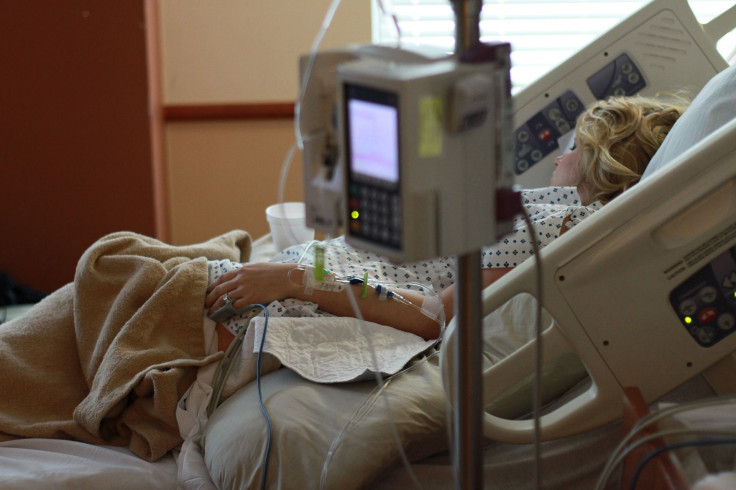Glucose Metabolism May Predict Awareness, Return To Consciousness After Brain Injury

Navigating the recovery of a patient who has sustained a severe brain injury is a difficult task for clinicians. Patients respond differently to both injuries and treatment, and some manage to retain varying levels of awareness even if they appear fully unconscious. Understanding patients' awareness, along with the ability to predict their likelihood of recovery, would be invaluable to clinicians, and a new study suggests a way to make both of these possible. According to researchers from the University of Copenhagen, it’s as easy as measuring the levels of glucose (sugar) the brain consumes.
“In nearly all cases, whole-brain energy turnover directly predicted either the current level of awareness or its subsequent recovery,” said Ron Kupers, leader of the study from the University of Copenhagen and Yale University, in a press release. “In short, our findings indicate that there is a minimal energetic requirement for sustained consciousness to arise after brain injury.”
Kupers, along with study first author John Stender and other colleagues, set out to develop diagnostic markers for assessing both current and future levels of consciousness. They turned to quantifying and mapping glucose metabolism. Stender told Medical Daily that there is a large amount of past research on cerebral glucose metabolism and its relationship to awareness, but in recent years, most researchers have shifted their focus to fMRI and EEG studies due to a lack of conclusive tests. However, the researchers still thought glucose metabolism was a strong focus for measuring awareness in patients.
“The earlier research in neural energy turnover and consciousness provided some interesting hypotheses, which were however never fully tested,” he explained. “In a sense, we simply attempted to follow the earlier metabolic investigations to their conclusion.”
The team looked at glucose metabolism in the brains of 131 brain-injured patients, all of whom suffered from either full or partial loss of consciousness. They used an imaging process called FDG-PET, where glucose labeled with a radioactive marker molecule is injected into the bloodstream and tracked through the organ of interest — in this study, the brain.
The results were clear: patients with glucose metabolism below a well-defined threshold of 42 percent of normal cortical activity were fully unconscious and could not recover consciousness at one-year follow-up. Conversely, patients with activity above this energy threshold showed signs of awareness at the initial examination or had recovered responsiveness at the follow-up.
The cerebral metabolic rate, overall, accounted for the current level or return of awareness in 94 percent of patients.
“The discovery of a clear metabolic boundary between the consciousness and unconscious states could imply that the brain undergoes a fundamental state change at a certain level of energy turnover, in a sense that consciousness ‘ignites’ as brain activity reaches a certain threshold,” Stender said. “We were not able to test this hypothesis directly, but it provides a very interesting direction for future research.”
Stender told Medical Daily that in order to study for a metabolic phase-shift, researchers would need to closely monitor patients during the transition from unconsciousness to consciousness, and vice-versa.
“This is not easy to do however, to say the least,” he said.
Kupers said the take home from the current study is that consciousness demands a lot of energy and involves the brain at large. “The fundamental physiological trait can help clinicians determine the potential for recovery of awareness in patients suffering from severe brain injuries of any kind.”
Source: Stender J, Mortensen K, Thibaut A, Darkner S, Laureys S, Gjedde A, et al. The Minimal energetic requirement of Sustained Awareness After Brain Injury. Current Biology. Cell.



























